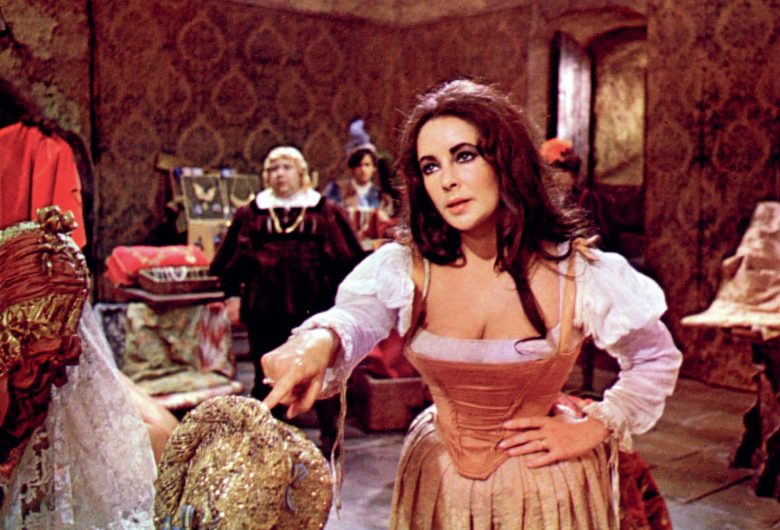
Assessment objective AO5 asks you to ‘explore literary texts informed by different interpretations’. An easy way to do this is to engage with secondary criticism — that is, material written by literary critics that offers different ‘readings’ (interpretations) of a text. But beyond fulfilling an important assessment objective, using secondary material can enhance your enjoyment and understanding of a text, and encourage you to develop your own ideas about its interpretation.
It’s vital to engage with the secondary criticism that you use, rather than simply quoting it in your work. Remember that you’re entitled to your own critical voice and opinions — you don’t have to treat critics as the ultimate authority. When you include critical material, always try to comment on it. For example:
Your organisation does not have access to this article.
Sign up today to give your students the edge they need to achieve their best grades with subject expertise
Subscribe




